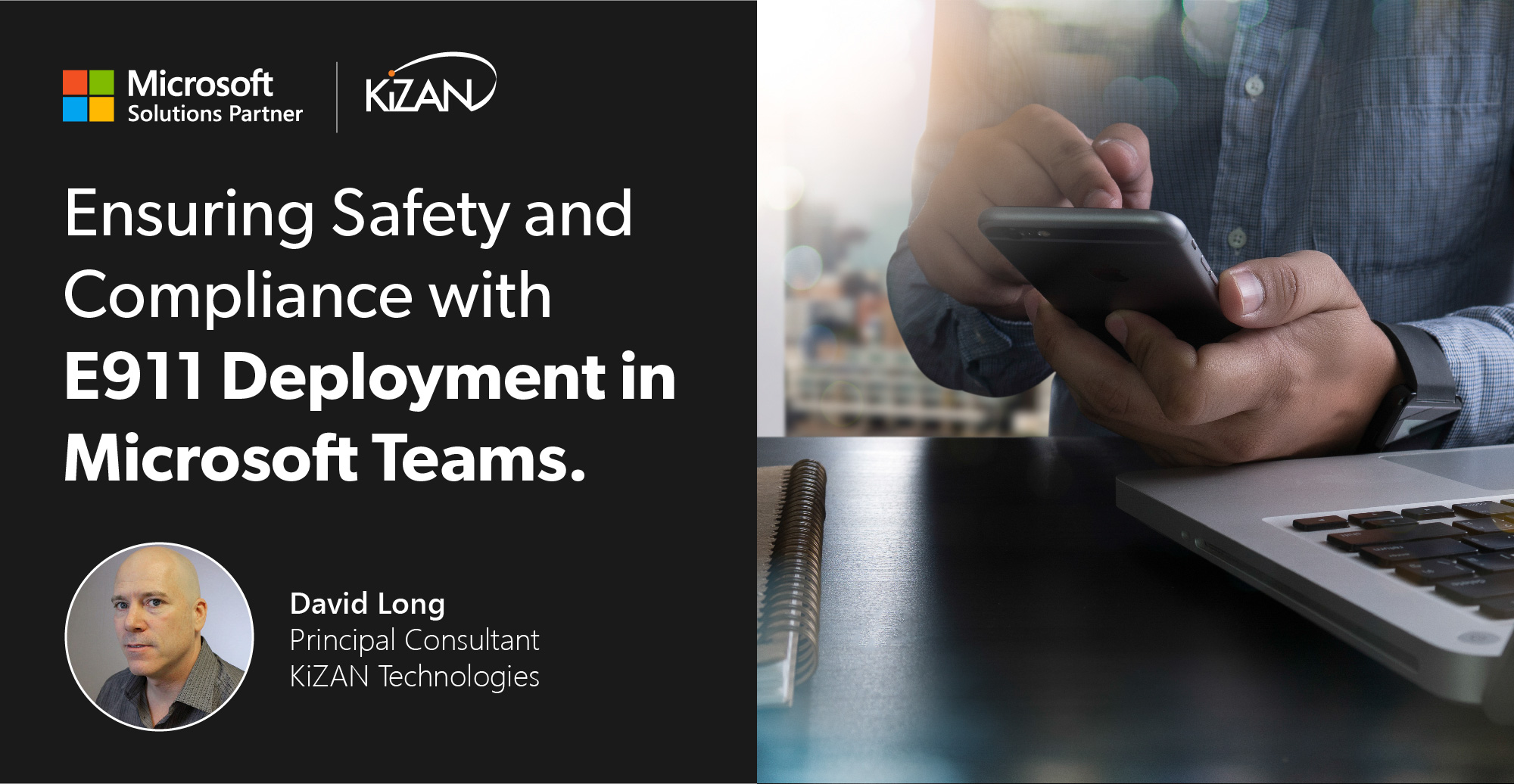
In today's fast-paced business landscape, staying ahead of the competition requires efficient and effective solutions. According to Microsoft’s Work Trend Index, nearly 70% of employee report that they don’t have sufficient time in the day to focus on “work”, with more time being spent Communicating than Creating.
Microsoft 365 Copilot is designed, with Microsoft’s cloud trust platform at its core, to allow for employees to both be more productive, reduce the time spent searching for information, performing mundane tasks, and other low-value activities.
This article on sustainability is another installment of the Agile Principles Series. You can read the first piece here.
Sustainability is something that is generally understood at one level or another in various industries and business departments. If you quiz anybody in the c-suite they would tell you that sustainability is important to their business functioning well; it’s a key component of the famous 7 Habits of Highly Effective People (known as “sharpening the saw”). The thinking is that as you work to find balance, you achieve sustainability.
The Eighth Principle – Sustainability
One of the listed principles from the Agile Manifesto deals specifically with sustainability. It reads,
Agile processes promote sustainable development.
The sponsors, developers, and users should be able
to maintain a constant pace indefinitely.
Now being able to work at a sustainable pace and course over a long period of time is more than just limiting your development team to a 40 hour work week (or whatever amount feels decent to your country/culture/area/region/industry etc.). Actually, if that is all you have to offer your team, you need to rethink your sustainability definition.
Your team could be working a normal x hours per week, but still, be burning out. That’s because a predictable metric for sustainability doesn’t exist. If sustainability were a simple thing to measure, it wouldn’t be a problem. Every company would be able to reproduce a sustainable effort with consistent outputs. But, the notion of sustainability has a variety of different factors at play.

A team member can burn out for lack of interest in the work being done, lack of learning and development as it relates to his or her job, lack of creativity, lack of control, lack of vision within the company, and on and on.
What is important to one team member might not matter to another. In fact, finding a catch-all solution for sustainability on your team will likely not exist. You have to have an appropriate amount of insight on a given team member to see how sustainable things are.
Sustainability is an individual concern that causes collective reactions when discovered.
Sustainability & Energy — The Correlation
Probably the better way to think about sustainability is to use energy. When things are sustainable, everyone’s energy level is higher; there is energy in the reserves. At these times, you can get things done above and beyond a “sustainable” work week without the fear of team members burning out.
Think of it, if you or your team is working on solving an extra interesting problem, or creating a new innovative solution, how hard would it be to motivate your team? If they are energized by interesting problems or innovative solutions, then motivation will not be an issue. It all comes down to energy.
The key, then, is to figure out what boosts the energy level of each individual on your team. Below is a sample of things that I have found that either sucks the life out of my team or amps them up to go above and beyond.
Energy Wasters
-
Task switching
-
Pointless meetings
-
Misaligned work
-
Explaining things multiple times
-
Lack of process definition
-
Working on solutions that aren’t aligned with business objectives
-
Lack of business objectives tied to work
-
Negotiation instead of collaboration
-
Tweaks, updates, changes and refinements mid-development
-
Working on things for an outdated platform/releasing work that is already deprecated
-
A million other items
This list isn’t exhaustive (obviously) but represents a good list of things to look out for. Now, this isn’t to say that doing any one of these things is going to have your developers running for the hills. There is a certain level of tolerance that everyone should have when it comes to doing development work.
However, know that if you do items on these lists over and over, it is like withdrawing cash from an account. Eventually, you will overdraw the account. You will need to make a deposit; this is where the energy boosters come in.
Energy Boosters
I could be redundant and put the opposite of energy wasters into the energy booster category. However, the real trick is to figure out what boosts the energy of each individual member of your team. Once you know what those things are, you can leverage those items to promote sustainability.
But, you need to keep in mind that an energy booster doesn’t negate an energy waster in a one-to-one manner. Just as everyone has different preferences or energy boosters, each team member has a different energy level and scale. Working on a creative solution may cover the fact that there are three energy wasters on the effort to one person, but may not work in the same way for another team member.
It is up to you to gauge the team’s energy.
Applying This To You
If you are truly concerned about sustainability, you need to know the people you work with at more than a superficial level. You need to know what makes your team aggravated and excited in terms of work.
Sometimes you may have to work on something that is complete drudgery. In those cases, find a creative way that you can boost their energy from another perspective. Maybe it means going out to lunch. Maybe you need to send them to a conference.
You will need to find the things to balance out the toil that they are going through.
Gauging your team’s energy and working to boost that, will bring you sustainability. It’s harder than just looking at hours worked, but well worth it.
Thanks for reading.
Agile ↑








